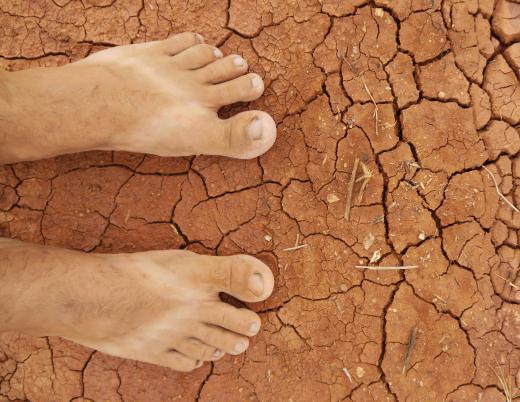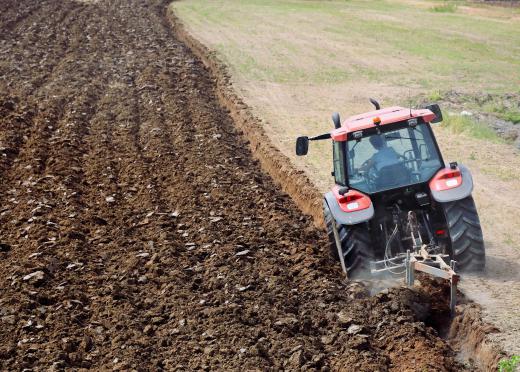What Is Soil Respiration?
About two-thirds of the world's carbon is right below the surface in the dirty soil. When that scattered life-giving element exhausts carbon dioxide (CO2), the phenomenon is known as soil respiration, or below-ground respiration. Caused naturally by a range of environmental processes — from plant exudation to chemical CO2 efflux — soil respiration rises when temperatures are high and dips when the soil becomes too wet or too dry.
Different natural reactions combine to create the total amount of CO2 efflux entering the atmosphere from the soil. Roots emit CO2 during plant growth. Carbon is found in the excretions and bodies of animals, insects and even amoebas. Aside from these biological processes, oxidation and degassing happens at the deeper chemical levels. In an agricultural and ecological sense, soil respiration involves striking the perfect carbon balance.

Higher than average temperatures contribute the most to increases in soil respiration. This has many climate change researchers pointing to soil respiration as yet another global warming suspect, since atmospheric carbon dioxide is one of the chief greenhouse gases contributing to climate change. Soil respiration is not the chief suspect, though. Even in 2011, coal-burning power plants still predominate the power industry and fossil fuels still turn the wheels of automobiles and industry, emitting unnaturally high levels of carbon dioxide, nitrous oxide and methane. The soil, by contrast, has been there as long as life on Earth, respiring just enough to strike the carbon balance needed to support life.

Since the beginning of the Industrial Revolution in the 18th century, the amount of atmospheric carbon dioxide has risen 30 percent, according to several studies cited by former U.S. Vice President Al Gore. Average temperatures across the globe have slowly climbed for just as long. Since below-ground carbon exponentially increases as temperatures rise, some observers worry that average respiration levels will rise as well, further perpetuating the creation of more carbon dioxide and higher temperatures.

Other factors affect soil respiration rates too, such as the moisture of the dirt and its level of soil organic matter (SOM). When moisture or SOM levels are too low, CO2 emissions decline. By contrast, when the moisture rises too high above normal CO2 efflux also declines. Only in moderate conditions of moisture can below-ground respiration function properly. Farmers regularly rotate, till, water, fertilize, aerate and even cover their soils to strike just the right balance of crucial carbon.
AS FEATURED ON:
AS FEATURED ON:













Discuss this Article
Post your comments